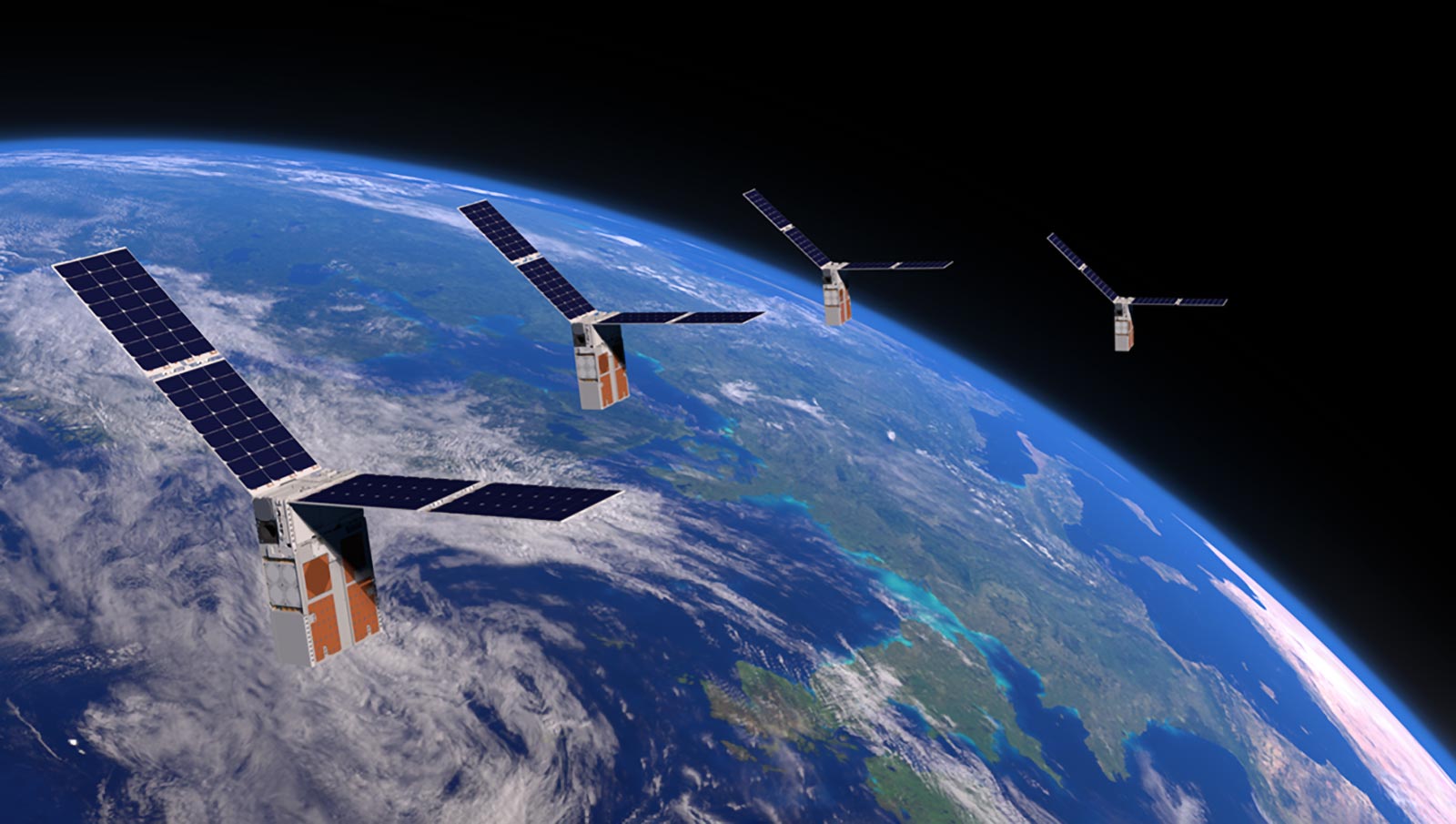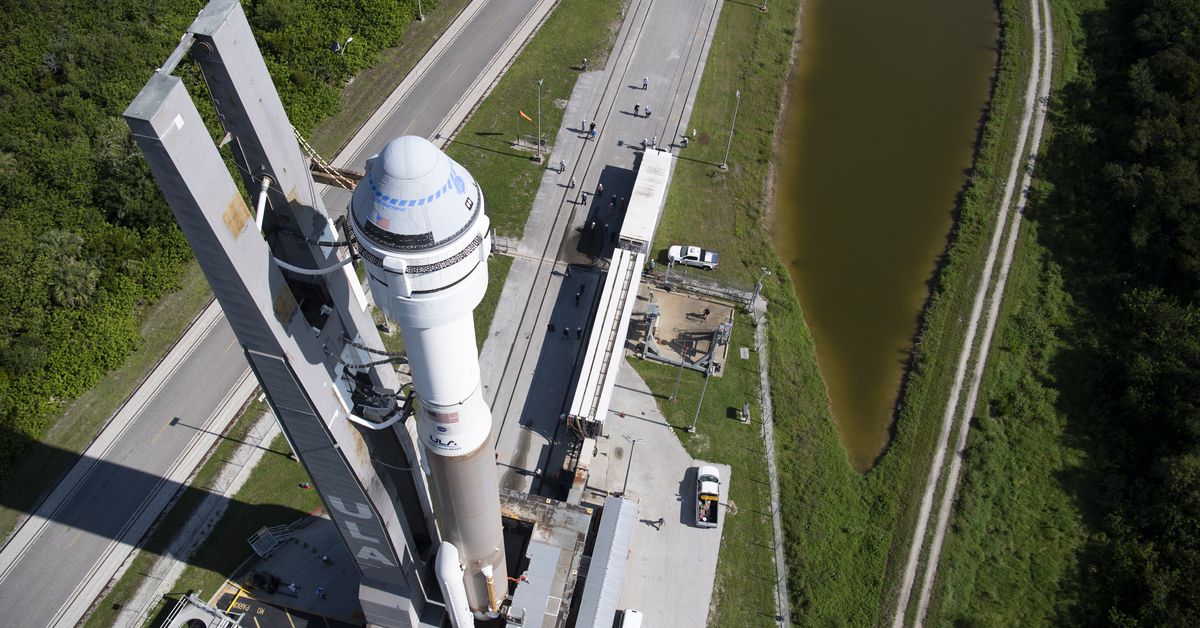
Misja Starling NASA przetestuje nowe technologie autonomicznej nawigacji w roju na czterech CubeSatach na niskiej orbicie okołoziemskiej. Źródło: Blue Canyon Technologies/NASA
A quartet of six-unit (6U) CubeSats are set to exhibit their capabilities in a remarkable orbital line dance, as part of NASA’s Starling mission, which is aimed at testing essential swarm technologies in space. The launch of these spacecraft is scheduled for no earlier than July 14, taking off from Rocket Lab’s Launch Complex 1 facility in Mahia, New Zealand, aboard Rocket Lab’s Electron rocket.
The Potential of Autonomous Spacecraft Swarms
Future autonomous spacecraft swarms could revolutionize how NASA conducts science and exploration missions. These swarms, operating at great distances from the Earth, must be able to function independently due to the time delay in communicating with ground stations and the potential for communication disruptions. Autonomy ensures the continuity of a mission, even when communications with the spacecraft are temporarily disrupted. Furthermore, it enables spacecraft swarms to change their behavior to observe unexpected or infrequent phenomena — a capability researchers refer to as “opportunistic science.”

Watson Attai of Axient-MEIS, Starling integration and testing lead, right; Jeff Blair, Starling lead mechanical engineer, center; and Nick Gentz, Rocket Lab payload integration engineer, left, load a Starling spacecraft into a Rocket Lab CubeSat dispenser as Damon Flansburg, Starling chief safety officer, observes at NASA’s Ames Research Center in California’s Silicon Valley. Credit: NASA/ Dominic Hart
Starling’s Demonstration of Swarm Technology
Once the Starling spacecraft are positioned approximately 355 miles above Earth and spaced about 40 miles apart, they will demonstrate their ability to autonomously fly together, maintaining track of each other’s relative positions and trajectories. They will also display their ability to plan and execute activities as a group, independently of mission controllers, including reacting to new information from onboard sensors. Moreover, Starling’s spacecraft will showcase their capability to create and sustain an inter-spacecraft communications network that automatically adjusts to changing conditions. In the event of a failure of one spacecraft communication node, the network will automatically reconfigure to maintain full communication capabilities for the remaining operational spacecraft in the swarm.
Collaborations and Partnerships
NASA has teamed up with American academic institutions and small businesses to supply key technologies and support mission operations for Starling’s technology demonstration. Partners include small businesses from NASA’s Small Business Innovation Research (SBIR) program. This program offers early-stage funding and ongoing support for the research, development, and demonstration of innovative technologies that cater to NASA’s needs. These partnerships aim to advance space exploration capabilities and stimulate job creation through the growth of commercial space companies that will both use and provide new technologies.
Final Preparations
Recently, engineers from NASA’s Ames Research Center in California’s Silicon Valley and Rocket Lab USA, Inc., of Long Beach, California, joined forces at NASA Ames to integrate Starling’s four spacecraft into Rocket Lab CubeSat dispensers in preparation for the launch. The spacecraft, each roughly the size of two stacked cereal boxes, were provided by Blue Canyon Technologies of Boulder, Colorado.
NASA Ames leads the Starling project. NASA’s Small Spacecraft Technology program, based at NASA Ames and within NASA’s Space Technology Mission Directorate (STMD), funds and manages the Starling mission. Blue Canyon Technologies designed and manufactured the spacecraft buses and is providing mission operations support. Rocket Lab USA, Inc. provides launch and integration services. Partners supporting Starling’s payload experiments include Stanford University’s Space Rendezvous Lab in Stanford, California, Emergent Space Technologies of Laurel, Maryland, CesiumAstro of Austin, Texas, L3Harris Technologies, Inc., of Melbourne, Florida, and NASA Ames – with funding support by NASA’s Game Changing Development program within STMD.

„Analityk. Nieuleczalny nerd z bekonu. Przedsiębiorca. Oddany pisarz. Wielokrotnie nagradzany alkoholowy ninja. Subtelnie czarujący czytelnik.”



:quality(70)/cloudfront-us-east-1.images.arcpublishing.com/mco/22FRIYIIHVDYVM7IPJSXNEFBPU.jpg)
